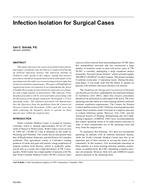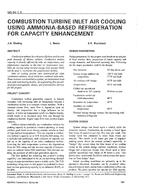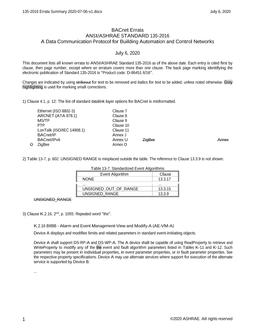Concerns about waste of energy and its serious environmental impact have imposed a greater significance for studies and research in energy consumption. Since buildings contribute to 20% to 40% of the overall energy consumption in any country, there is a dire need for energy efficient building designs withmore energy conservation properties.The success of designing an energy efficient building mainly depends on an accurate prediction of heating load (HL) and cooling load (CL) needed to maintain comfortable indoor air conditions. This paper proposes a data mining approach for predictingHL and CL for residential buildings. The proposed technique uses an ensemble method called bagging, which aggregates the predictions made by multiple REPTrees as base classifiers, instead of relying on a single prediction model. The technique uses information gain and reduced error pruning to build compact decision trees. The training data comprises details of 768 diverse residential buildings designed using Ecotect from the UCI machine learning repository (Bache and Lichman 2013).The proposed prediction model forHLhas a correlation coefficient of 0.9985 and a mean absolute error MAE of 0.3811. The proposed prediction model for CL has a correlation coefficient of 0.983 and a mean absolute error MAE of 1.1065. The performance of the proposed ensemble method is also compared with neural networks as a base classifier.
Citation: ASHRAE Transactions – Volume 121, Part 2, Atlanta, GA
Product Details
- Published:
- 2015
- Number of Pages:
- 9
- Units of Measure:
- Dual
- File Size:
- 1 file , 680 KB
- Product Code(s):
- D-AT-15-034


